The Ranger has seen the most tumultuous evolution of any class in Dungeons & Dragons 5th Edition. With Tasha’s Cauldron of Everything finally giving it early-game teeth and a reason to level beyond a single spell, the Ranger’s best spells are now more important than ever to take a look at. Like Paladins, these spells are major parts of the Ranger’s kit, even if they get a handful less of them.
Rangers get access to magic at level two and get magic at about half of the pace of a traditional caster. They also permanently learn magic, like Bards. So, learning magic options that you can consistently cast is crucial for our low-magic allies. Rangers are incapable of casting Ritual spells by default, further narrowing their already small spell list.
Thankfully, each spell level has a minimum of one option that is powerful, versatile, and puts the Ranger firmly in the limelight.
The best spells for Rangers in DnD 5E, by spell slot
The best Ranger spells further their single-target damage gameplan, as the Ranger’s base kit is entirely focused on singling out an enemy and downing them as quickly as possible. Spells that improve out-of-combat situations and keep the Ranger’s party alive are also worth considering, however. It is difficult to do damage if a Fireball completely took you out, for instance.
Best first-level Ranger Spells
Absorb Elements
Rangers actually don’t have access to many reactions in DnD 5E, making the few reactions they do find even more enticing. Absorb Elements is a first level spell option that halves the damage that you take from acid, cold, fire, lightning, or thunder through resistance as a reaction. Then, it improves a melee attack with that same element, if you make one in a round.
We’re much more interested in the first half of that feat. Being able to partially negate energy damage sets the Ranger up for success immediately. Imagine if, as a reaction, you could spend a first-level spell slot to automatically succeed at the saving throw to dodge a Dragon’s breath weapon. Then, you could roll to see if you take a fourth of the damage instead.
The extra damage is fine if you need some extra hurtin’, especially since it takes no spell slot. But even a ranged build should be very happy to spend a first level spell slot—and no relevant action—to halve the damage of some of the most devastating and common damage types in the game.
Hunter’s Mark
Now this, this is a good first-level spell.
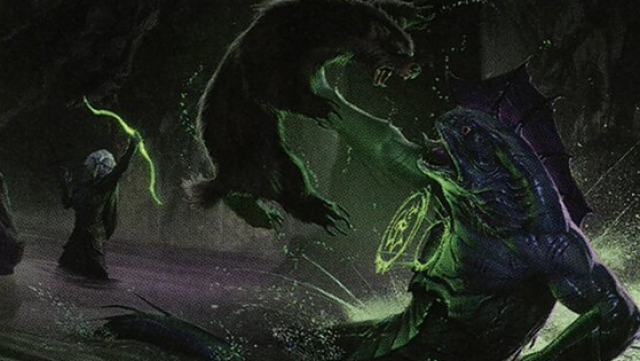
Hunter’s Mark is the epitome of the Ranger. Even more so than Warlock was to Hex. Before Ranger’s variant buffs in Tasha’s Cauldron, Ranger was basically just a Hunter’s Mark-producing machine.
That’s because Hunter’s Mark provides an extra d6 to all weapon damage whenever the Ranger hits them. A bow that deals 1d8+4 benefits a lot from the extra d6, especially as you get more and more attacks in. And, with abilities like Crossbow Expert or Polearm Master that can potentially give the Ranger more bonus actions, the damage stacks up more and more.
It also provides advantage on checks to track them down, which can be nice if they turn invisible or have a half-decent stealth check. When your target dies, you can swap to a new target as a bonus action, theoretically turning this single spell into hundreds of d6s worth of damage.
This is a blessing and a curse. The Mark lasts an hour by default—not quite all day, like its BG3 counterpart. So, you have more reasons to invest higher-level slots into the spell, which can often replace other good options at fifth level. And, since it takes concentration, it can be hard to justify other impactful spells over the pure damage of Hunter’s Mark.
Still, it’s because this spell is so good that you basically have to take it. The Ranger tax, in a sense.
Best second-level Ranger Spells
Pass Without Trace
Hey, where’d everybody go?

Unique to the Druid and Ranger spell lists, Pass without Trace eats concentration to allow you to grant any number of people nearby a +10 to Stealth checks for an hour. A +10. Nothing else in the game is that extreme when it comes to a single effect granting a single modifier.
This number is large enough to easily counter your heavily armored Paladin trundling around and makes sneak attacks the easiest thing in history. How are any enemies supposed to have a Passive Perception that can easily trump a +10 by level five?
This is an excellent way to start the day. Sneak around the woods, waiting for your first target, and take the element of surprise. Then, you can transition into more traditional battle plans.
Spike Growth
The Ranger’s biggest weakness is dealing damage or controlling multiple targets. Spike Growth fixes both of those problems. By spending concentration, Spike Growth applies a Fireball-sized radius of painful, difficult terrain that deals 2d4 damage to creatures who dare walk through its squares.
Spike Growth is relatively unique since it does not specify that the travel has to be voluntary. Someone who shoves another could add 2d4 damage to it. A Battle Master with Pushing Attack can add 6d4 damage to their movement. A Druid who Wild Shaped into an Elemental and is dragging someone along can find their damage skyrocketing into 12d4 damage or more, no saves attached.
This spell can really mess up enemy plans, so much so that it is often worth dropping Hunter’s Mark if you see a reason to throw this down. A huge dirge of melee enemies, a single bulky and slow melee threat, or your team getting ready to combo with it can see your damage in a fight become astronomical.
Best third-level Ranger Spells
Protection from Energy
Because walking into a dragon’s lair is everyone’s problem, not just the Druid’s.
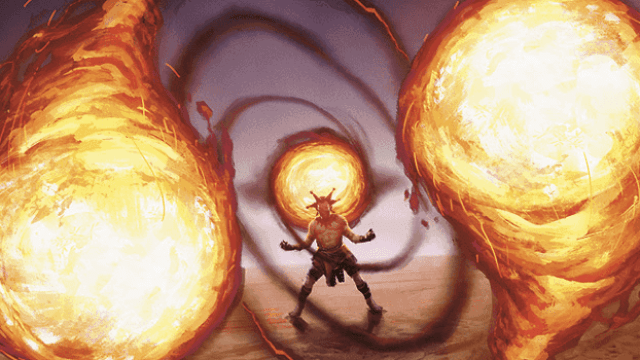
The bog-standard defensive option, Protection from Energy simply applies resistance to a single type of energy damage for an hour, using concentration. That sounds pretty rough, considering it’s basically doing the job of Absorb Elements using a higher spell slot.
There are some fights where you just need resistance to an element, however. Fighting a Red Dragon can be a huge chore for your animal companion or Drake, who can take massive amounts of damage from the areas of effect. But halving the damage to them can help maintain momentum and keep pressure.
Hopefully, your party is helping you keep these online. Your job is to deal damage, and this level just doesn’t have that many damaging options to help you out. If you don’t need to cast this, feel free to just hammer people with Hunter’s Mark and arrows.
Revivify
Resurrection is natural enough, I suppose. At least, according to Tasha’s Cauldron of Everything.
Revivify brings someone back to life who died within a minute. Obviously, this is immensely powerful for emergency situations, such as the party Cleric or Druid dying and there being no other option.
Rangers are typically pretty happy burning third-level spells on Hunter’s Mark, so something that puts out fires like Revivify is important to have in your pocket. You might be the last one capable of bringing someone up.
Best fourth-level Ranger Spells
Guardian of Nature
Why are all of the Ranger’s best spells Concentration?
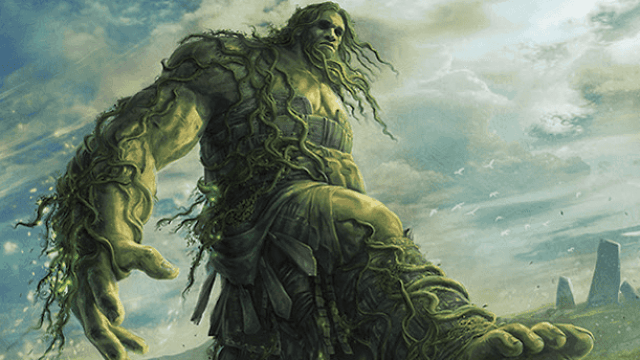
Guardian of Nature allows a Ranger to enter two forms; a primal form, which lets you deal extra melee damage and make Strength-based attack rolls with advantage, or a Great Tree form, which gives advantage on Dexterity attacks, Constitution saves, and makes nearby squares difficult terrain.
Admittedly, this spell is not a significant improvement over Hunter’s Mark. But getting advantage on attack rolls, the Ranger is more likely to critically hit and more likely to hit high AC targets. More consistent damage is sometimes better than higher damage. If something has high AC that trumps the Archery Fighting Style, however, then you might be in trouble.
Primal Beast form should be more impressive, but it only gives advantage on Strength-based attack rolls. Rangers that aren’t multiclassed have very little reason to use Strength over Dexterity. And, while Great Tree offers good concentration-based benefits, it’s usually not worth the minute-timer.
Still, great for dangerous situations against high AC targets that you just need to hit.
Stoneskin
With skin like stone, blades can crack on your skin. Unless they’re magical blades.
Stoneskin simply gives resistance to nonmagical physical damage. Taking half damage from what is by far the most common damage type in the game is very good, even if it—once again—takes your concentration. That’s well worth applying the biggest reason to play a Barbarian to a target, and only for 100 gold.
This spell should be used carefully, however. Stoneskin only gives resistance against nonmagical weapons, and magical weapons are becoming all too common by level 13. Even some natural weapons are considered magical, though not all. Halving the physical damage of, say, an Adult Red Dragon’s claws can be extremely helpful.
Best fifth-level Ranger Spells
Conjure Volley
And from the sky rains one million arrows.
Conjure Volley is a 40-foot radius Fireball effect that deals 8d8 damage. Nice and simple.
This spell isn’t particularly powerful on the surface. The Ranger has little access to improving their spell attack rolls and spell DCs, without potentially burning attunement slots. So, this spell will probably have a DC floating around 17-19 at best.
Even the half damage effect, when combined with its large radius, has the potential to hit most enemies in an encounter simultaneously, however. This pumps the per-round damage of the effect significantly. Dealing half damage and still hitting five targets, for example, this spell still puts out 90 damage, which is a bit more than a Ranger’s standard round of combat. And it doesn’t take concentration.
Still, might be better to consider 24-hour Hunter’s Marks over using this very often.
Swift Quiver
If only there was a way to concentrate on two spells simultaneously.
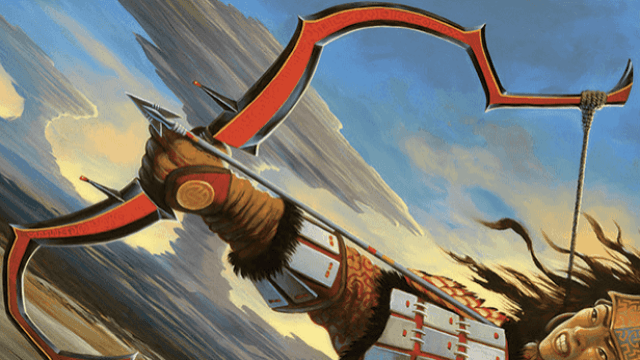
Swift Quiver is the first spell that puts a serious strain on Hunter’s Mark as the Ranger’s single-target option. For a minute, it allows the Ranger to attack twice more by spending a bonus action, as long as the attacks use ammo from a quiver.
While less useful on a Crossbow Expert build, most Rangers would kill to make two more attacks with a Longbow. Especially if you have a magical Longbow with additional damage, or are dealing additional damage per hit with Sharpshooter, you can find your damage explodes while under this buff.
While it doesn’t last a fraction of the time that Hunter’s Mark does, this buff is a titanic explosion to damage that can’t be understated. Use it to turn your Ranger from a good damage dealer to 4d8+60 per turn at minimum.
Honorable mentions
Rangers have quite a lot of situational options that might be worth throwing onto your spell list. Most of these options still use concentration, unfortunately, but offer powerful ways to shut down targets or improve the Ranger’s out-of-combat functionality.
- Entangling Strike is an effective solution to a single enemy.
- Entangle is an excellent option for a Ranger looking to slow the fight down significantly. But it gets replaced once Spike Growth comes around and adds damage to the formula.
- Enhance Ability is a solid out-of-combat option. Something that a Ranger could consider if the campaign becomes more about social scenarios.
- Silence is an excellent anti-caster option, something that the Ranger doesn’t have easy access to.
- Conjure Animals, despite how late the Ranger gets it, still brings more allies to a fight. Good for when gumming up a battlefield is more useful than just dealing damage.
- Nondetection is a somewhat effective method to prevent anti-invisibility, such as See Invisibility, from ruining your party’s plans.
- Freedom of Movement would be much better if the Ranger could freely trade out spells. As is, it’s much better just to keep a scroll or two on you.
- Steel Wind Strike is a reasonable option to deal alright damage on a battlefield, though its requirement of being a melee spell attack makes it usually harder to make good use of.
- Great Restoration is a perfectly reasonable fallback plan if your party has trouble removing these status effects off of your Cleric or Bard.


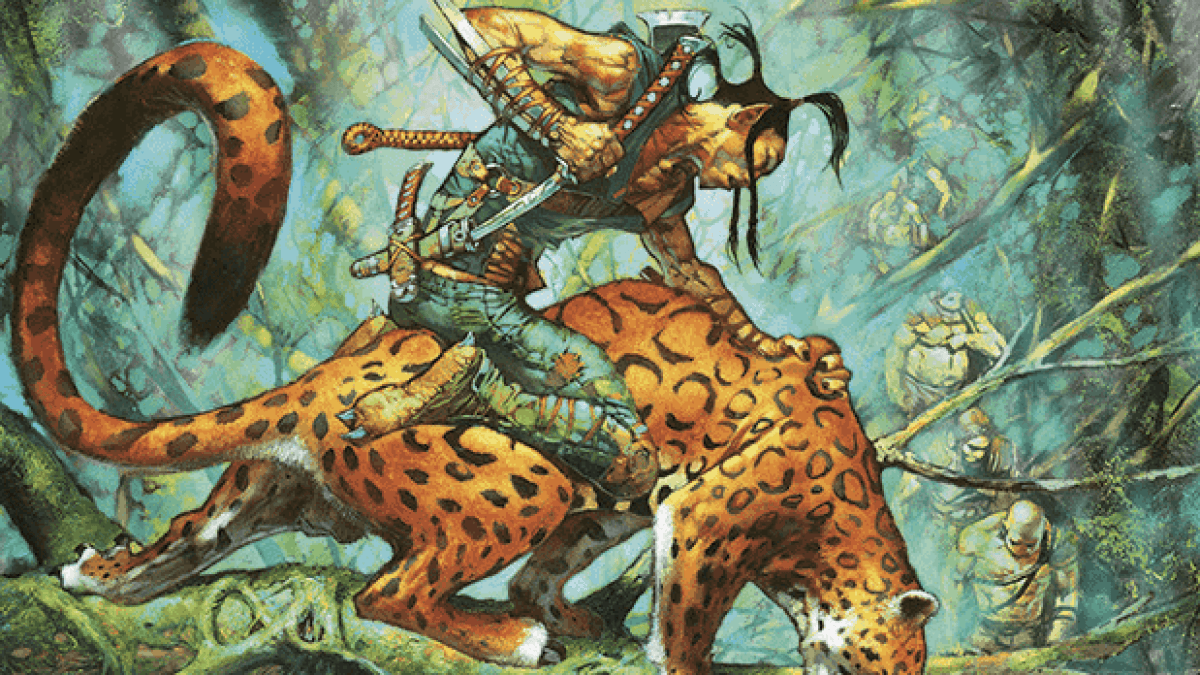

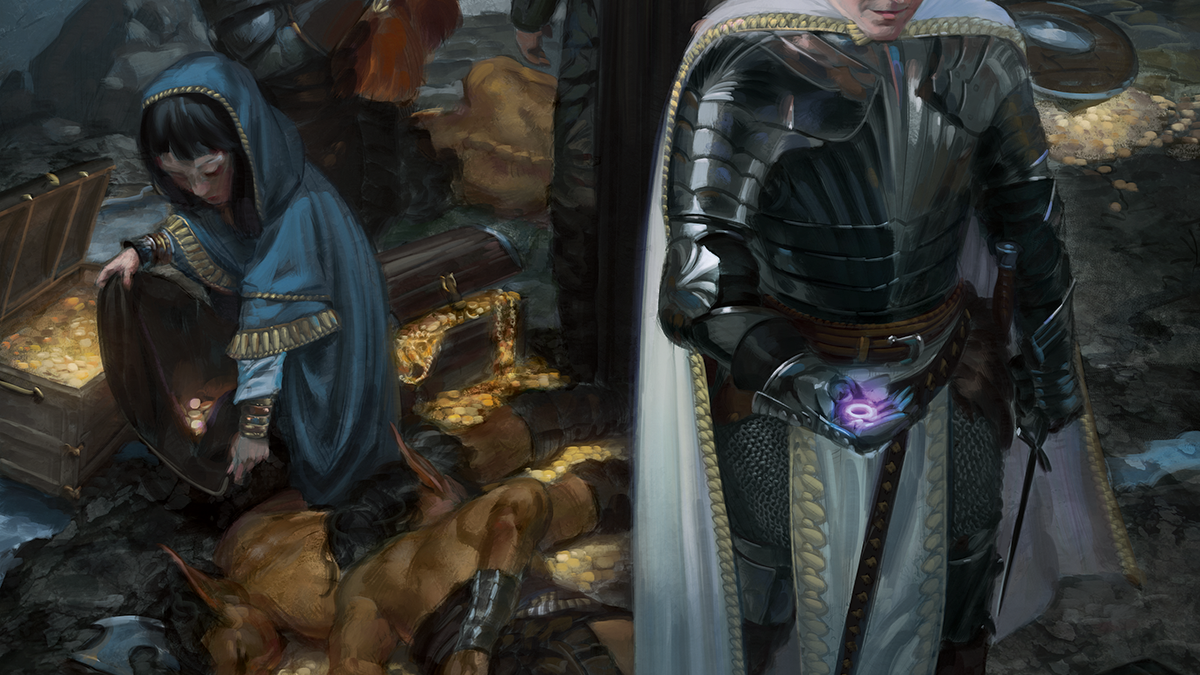
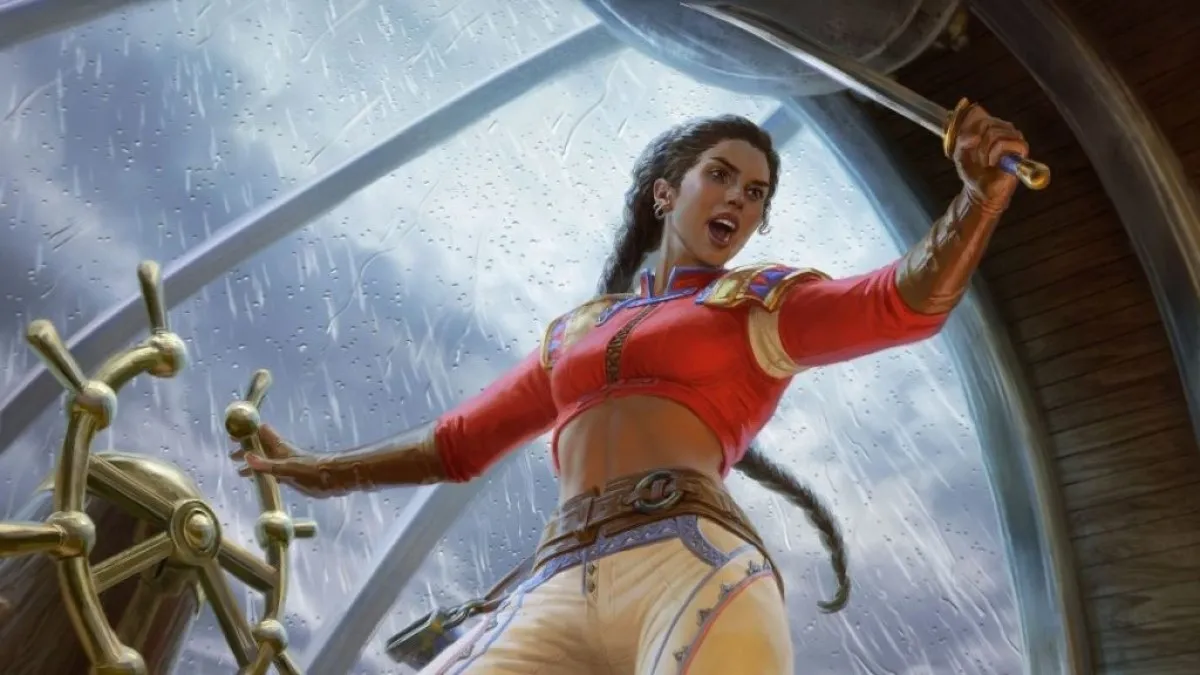
Published: Sep 28, 2023 04:39 am